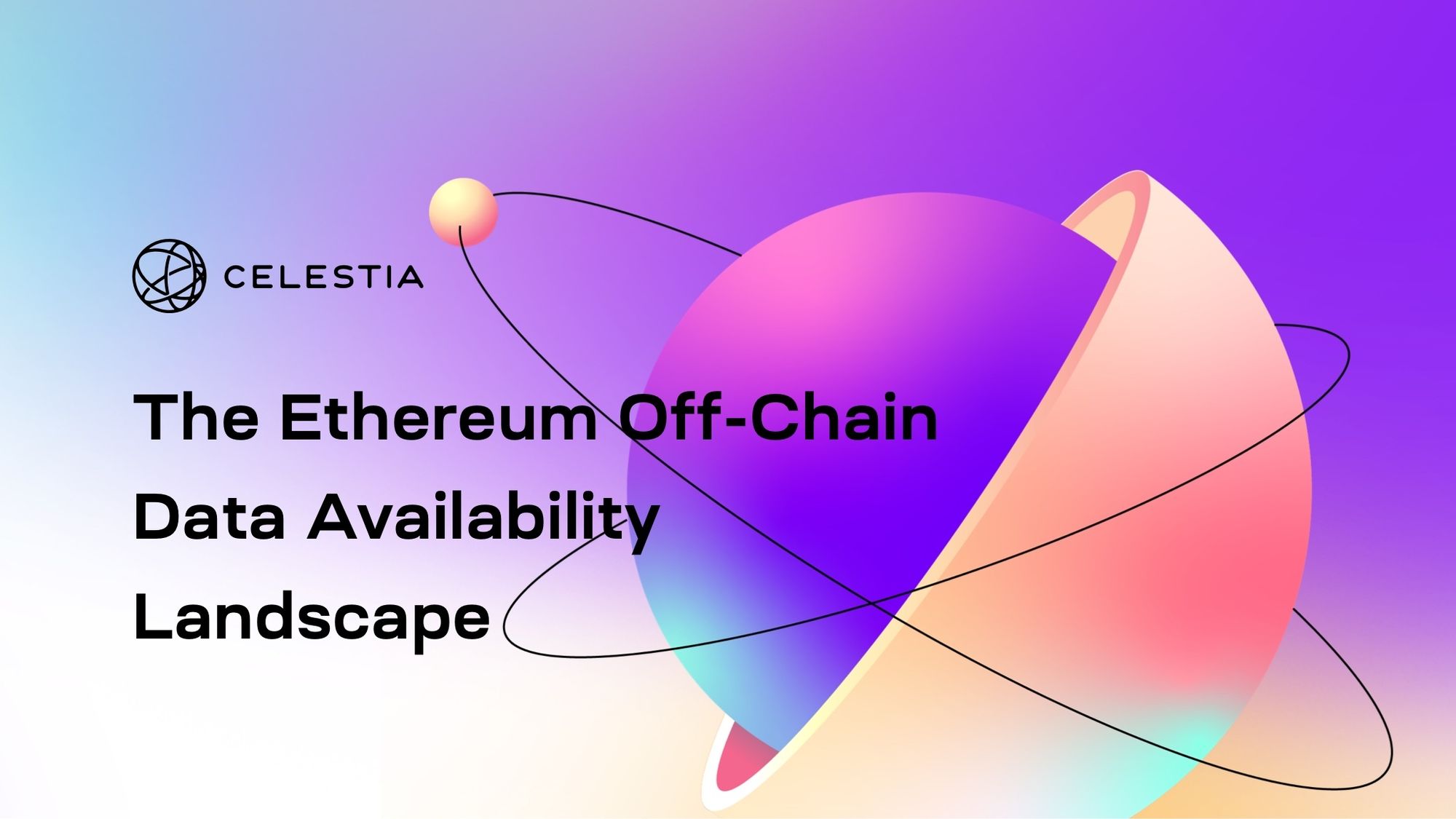
Celestia’s upcoming Matcha upgrade is more than just a technical milestone – it’s a paradigm shift for the modular blockchain landscape. As of October 29,2025, Celestia (TIA) trades at $1.01, reflecting a market eager for innovation and scalability. With the scheduled launch on October 31, the Matcha upgrade promises to supercharge Celestia’s data availability (DA) layer, delivering 128MB blocks and slashing TIA’s annual inflation rate from 5% to 2.5%. For anyone involved in blobspace restaking or modular blockchain staking, these changes are game-changing.
Why 128MB Blocks Redefine Blobspace Economics
Let’s break down what 128MB blocks mean in practice. Previously capped at just 8MB, Celestia’s block size expansion is a quantum leap in available blobspace. This increase isn’t just about bigger numbers – it’s about enabling an entirely new class of applications and restaking strategies. Rollups can now post much larger batches of transactions per block, drastically reducing data bottlenecks and pushing network throughput closer to the ambitious target of 1 GB/s.
This expanded capacity is especially critical for restaking protocols that rely on high-frequency data posting and efficient settlement layers. The new block size means:
- Lower congestion: More blobs per block reduces competition for space and lowers transaction costs.
- Greater rollup scalability: Modular chains can scale horizontally without running into DA limits.
- Diversified restaking opportunities: More room for innovative DA restaking products that leverage cross-chain assets.
The effect? A more liquid, accessible blobspace marketplace where stakers, validators, and DeFi users can capture yield with less friction.
Cuts to Inflation: From Dilution Risk to DeFi-Grade Asset
The second pillar of the Matcha upgrade is its bold move on tokenomics: reducing annual inflation from 5% to 2.5%. This isn’t just a number tweak – it fundamentally upgrades TIA’s role as collateral in DeFi protocols and as an asset for long-term investors. Lower inflation means:
- Less dilution risk: Stakers see their real returns improve as fewer new tokens enter circulation each year.
- Stronger price floor: With supply growth slowing down, upward pressure on TIA price intensifies if demand remains steady or grows.
- Sustainable staking yields: Protocol rewards become more predictable – crucial for sophisticated restakers optimizing across multiple chains.
This change aligns Celestia with best-in-class economic models seen in other successful L1s and DA layers. It also positions TIA as a more attractive candidate for use in cross-chain DeFi strategies where low-inflation assets are preferred as collateral or liquidity backing.
Celestia (TIA) Price Prediction 2026-2031 After the Matcha Upgrade
Forecasts reflect Celestia’s enhanced scalability, reduced inflation, and evolving role in cross-chain DeFi post-Matcha upgrade.
| Year | Minimum Price (Bearish) | Average Price | Maximum Price (Bullish) | % Change (vs. 2025 Avg) | Scenario Highlights |
|---|---|---|---|---|---|
| 2026 | $0.95 | $1.30 | $2.10 | +28% | Volatility as upgrade impact is digested; increased restaking participation |
| 2027 | $1.10 | $1.65 | $2.80 | +63% | Growing DeFi adoption, network effects from cross-chain integrations |
| 2028 | $1.25 | $2.10 | $3.50 | +108% | Blobspace demand rises, more rollups leverage Celestia |
| 2029 | $1.40 | $2.55 | $4.40 | +153% | Adoption accelerates, TIA used as collateral in major DeFi protocols |
| 2030 | $1.55 | $3.10 | $5.50 | +207% | Mainstream recognition, robust ecosystem, regulatory clarity |
| 2031 | $1.75 | $3.70 | $6.80 | +269% | Celestia as key cross-chain data layer, high demand for blobspace |
Price Prediction Summary
Celestia’s Matcha upgrade is a major catalyst, positioning TIA for strong long-term growth. The combination of significantly larger block sizes and reduced inflation enhances both utility and tokenomics, making TIA more attractive for DeFi, restaking, and cross-chain operations. While short-term volatility is likely as the market absorbs these changes, the fundamentals support a progressively higher price trajectory, especially as adoption and network effects compound. Bearish scenarios reflect broader crypto market risks and potential competition, while bullish scenarios assume Celestia’s success as a modular data availability layer and growing demand for blobspace.
Key Factors Affecting Celestia Price
- Successful adoption and scaling of 128MB blocks, driving more rollups and data-intensive applications to Celestia.
- Reduced inflation (2.5%) improving TIA’s soundness as a store of value and as DeFi collateral.
- Expansion of cross-chain restaking use cases via IBC and Hyperlane asset bridging.
- Competition from other data availability and modular blockchain solutions.
- General crypto market cycles, including Bitcoin halving effects and macroeconomic factors.
- Regulatory developments affecting DeFi, staking, and cross-chain activities.
- Network security and validator participation post-upgrade.
Disclaimer: Cryptocurrency price predictions are speculative and based on current market analysis.
Actual prices may vary significantly due to market volatility, regulatory changes, and other factors.
Always do your own research before making investment decisions.
The Technical Leap: From Arabica Testnet to Mainnet Reality
The journey from concept to reality hasn’t been overnight. The Arabica testnet has already demonstrated live 128MB blocks, proving that Celestia’s architecture can handle massive data loads without compromising propagation efficiency or validator performance. This technical groundwork gives confidence not only to developers but also to institutional stakers considering large-scale participation in blobspace restaking protocols built atop Celestia.
The removal of token filters on IBC and Hyperlane further cements Celestia’s role as a true routing layer for cross-chain assets – opening doors for DA restaking with virtually any bridged asset across the modular ecosystem.
For restakers, this means a new era of composability and capital efficiency. Imagine deploying Ethereum-native assets or Cosmos tokens directly into Celestia-based DA restaking protocols, all while benefiting from the expanded blobspace and improved economic fundamentals. The Matcha upgrade isn’t just scaling Celestia, it’s scaling what’s possible for the entire modular blockchain stack.

How Matcha Reshapes Restaking Strategies
With these upgrades, restakers and validators need to rethink their approach. Here’s what stands out:
- Restaking Yields Get a Boost: Lower inflation means rewards are less diluted, so net yields for stakers improve even if nominal rates stay steady. This could attract more sophisticated capital seeking sustainable returns.
- Blobspace Becomes a Premium Asset: As more protocols compete for space in each block, the value of efficiently allocated blobspace rises. Expect new markets for blobspace futures, auctions, or dynamic fee models to emerge.
- Cross-Chain Leverage Unlocks: With IBC and Hyperlane filters removed, users can bridge assets from anywhere to participate in DA restaking or liquidity provision on Celestia, multiplying both TVL and user engagement.
The net effect? A feedback loop where increased utility drives demand for TIA (currently at $1.01), which in turn boosts network security and incentivizes further innovation across the ecosystem.
What to Watch Next: Risks and Opportunities
No upgrade is without its challenges. Bigger blocks mean more bandwidth requirements for validators, smaller operators will need to adapt quickly or risk being left behind as hardware requirements rise. There’s also the question of how fast DeFi protocols and rollups can take advantage of the new capacity; early movers may see oversized gains as markets adjust.
Still, the upside is enormous. Increased throughput could attract not just existing modular projects but entirely new classes of applications, think high-frequency trading rollups, real-time gaming chains, or AI-driven data feeds that were previously impossible due to DA bottlenecks.
The Bottom Line: A New Era for Modular Blockchain Stakers
The Matcha upgrade marks a turning point for Celestia and blobspace restaking at large. With 128MB blocks live on mainnet and TIA inflation halved to 2.5%, stakers are entering a landscape defined by higher throughput, stronger tokenomics, and unprecedented cross-chain flexibility.
If you’re staking TIA at today’s price of $1.01, you’re not just earning yield, you’re securing a next-generation data layer that could underpin the future of decentralized applications across every blockchain vertical.






